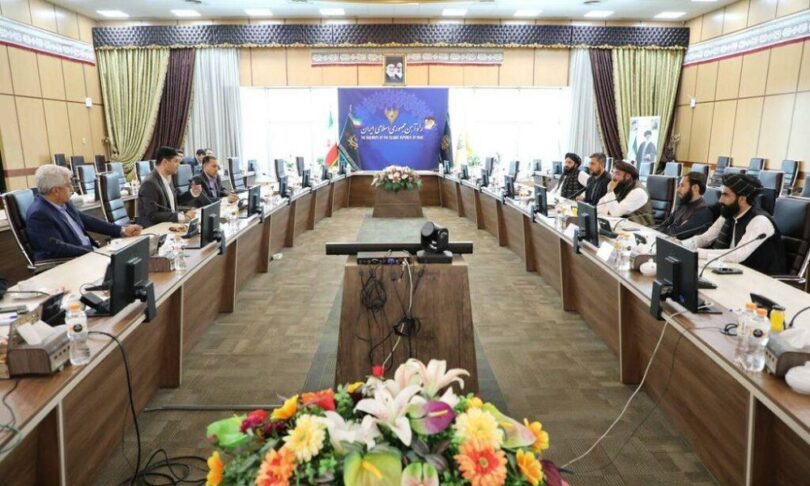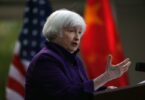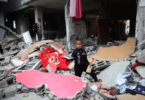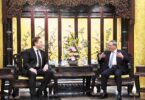A high-level Afghan delegation led by Director General, Bakht-ul-Rahman Sharafat has recently paid a visit to the neighbouring Islamic Republic of Iran to discuss the scope of bilateral cooperation in the Railway and mass transit sector. Both nations have recently completed test runs of the newly constructed 225 KM Khaf-Herat cross-border railway track between their nations and are now preparing to use that track for large-scale trade and tourism.
The two neighbours face similar challenges, and shared fate, along with identical geographical and trade issues, coinciding prospects to survive and thrive in a somehow contained and isolated environment amid sanctions and coercion from powerful Western lobbies and its mouthpieces. Afghanistan and Iran have recently completed their first-ever cross-border Railway track that links Iran’s border city of Khaf and the Afghan provincial capital Herat. The magnificent project had been funded by the government of Iran, which is now ready to reap its fruit. Afghanistan and Iran are vigorously working to bypass diplomatic, travel and economic sanctions imposed by the United States and allies, while Tehran-Kabul’s strategy of regional connectivity and cooperation is rapidly galloping in the right direction despite multiple challenges and odds.
The establishment of transport links and expansion of cooperation among their nations and with the rest of the regional states is the key element of Iran-Afghanistan’s strategy to bolster their economy and validate their importance at the international level in the wake of current isolation and estrangement with the West. Afghanistan and Iran are pursuing a comprehensive plan to extend these rail-road links to CARs through Uzbekistan as well as toward China in the southeast to counterbalance the sanctimonious policies of the Western bloc against Kabul and Tehran.
Currently, Afghanistan is the second largest trade partner of the People’s Republic of China after Pakistan, and both nations are jointly working on multiple projects along with a westward extension of China Pakistan Economic Corridor into Afghanistan. Chinese companies had expressed their willingness to invest in Afghanistan’s cell phone, car manufacturing and communication sectors. On the other hand, a high-level Uzbek delegation has recently visited Afghanistan and multiple MoUs have been inked between Tashkent and Kabul to boost their transit trade, investment and bilateral cooperation in multifaceted domains including science and technology, oil, energy and food grains.
Although the Afghan nation sits on landlocked soil, yet it lies at an important geographical choke point at the junction of South, Central and Western Asia that opens up tremendous prospects for regional cooperation and growth for the Afghan nation. Despite decades-long conflict and turmoil, all neighbouring states had been working hard over the past decades to bring calm to the crises that hit Afghanistan so their long-term development projects such as CASA-1000, TAPI, CPEC, Pak-Afghan- Uzbekistan Railway line and many more could be materialized and the entire region could benefit from those collective endeavours.
Like several other nations, Pakistan also has great stakes in a peaceful and stable Afghanistan. Islamabad is the largest trade partner of Kabul and a majority of Afghanistan’s foreign trade routes are through Pakistani seaports in Karachi and Gwadar. In the current scenario, the three brotherly countries Pakistan, Iran and Afghanistan have interdependent problems, similar fates and a shared destiny. If one goes westward the diamonds of this bead increase to CARs nations on one hand and toward Iraq, Turkey and MENA nations on the other. Nature has gifted unbelievable untapped human and mineral resources to Muslim Countries that await a dedicated and sincere leadership who owes the pain of the people and transforms the kismat of the entire Muslim Ummah in this universe.







